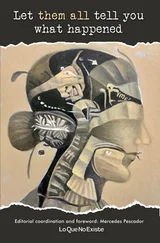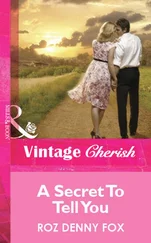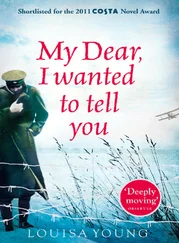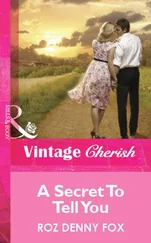There were a lot of ifs, in those first few weeks. I could explain them all, and all the ups and downs that followed during the next months of chemotherapy through till my liver operation, and then the reappearance of the Nuisance all over my body six months later. But that would litter the pages of this whole book with jargon, and make it incomprehensibly, boringly medical. It is enough to say that as Billy and I looked ahead in those strange hours after my operation, we saw a landscape of uncertainty. My vision was blurred by morphine and pain. His was sharper, and he could see, more clearly than I, the life we had thought stretched before us disappear into a fog of disease, hospitals, statistics, and just plain luck.
But through the haze I had my first taste of the bitter gratitude that has accompanied my diagnosis. I have already told you about the almost transcendental experience I had feeling the soft October rain on my face as I stumbled from my hospital bed to lean out of the window after the operation, and the joyful feeling of aliveness which consumed my mind and body despite having been told I might die. But there were more practical things that brought me joy too. First, everyone else on my ward had stoma – or colostomy – bags. I never actually saw one, but I knew that they lurked under the baggy hospital gowns, catching the poo from the piece of the colon that peeked out of the stomach, a second bottom carved by surgeons in many, many abdominal operations. Somehow, my genius surgeon had managed to piece me back together without the need for one of those things. Second, though my body had let me down by allowing this cancer to take root, it had also propelled me home. Somehow, it had found the strength to travel five and a half thousand miles back to Cambridge to receive this unreceivable news in the only place I could bear it. And so there I was, the old world around me crashing down. Everything I had taken for granted swept away. And yet I was full to the brim with an irrepressible joy.
Back to now. No more smell of hot elsewhere as I disembark from a plane. Life is quiet. My joy comes from small things; no travel documents required. I watch the crocuses pop up on the Cambridge Backs, little purple and orange heralds of the winter thawing. The bare trees in the park at the end of our road look like an Aubrey Beardsley etching on the big East Anglian sky. I swim in the sea in Devon, too early in the year for those sensible people with time to spare. Breaking the oncologist’s rules, I feel the thrill of dangerous, wild nature enfold me as hypothermia rises from my feet upwards. I roll over to Billy in the morning and watch him sleep, nosily at peace. Reading Four Quartets , the words imprint my mind, filling me with amazement at how Eliot grapples with the sense of time that haunts me. ‘At the still point, there the dance is.’ I search for the still point every day, and sometimes I even manage to find some peace there, because, after all, there is only the dance.
There is wonder in my past, and in my present. As I write this book, I lay out my memory quilt to see all the dancing I have done: places I have been, people I have met. I have fitted so much colour into my short life that I wonder if I lived on hyper-speed, as if, somehow, I knew my time was limited.
Soon my wonder will come from watching the tree outside my window as it shakes in the sky, and from my children curling their small hands around mine. My world will shrink to one room. But I know wonder will still assail me.
2
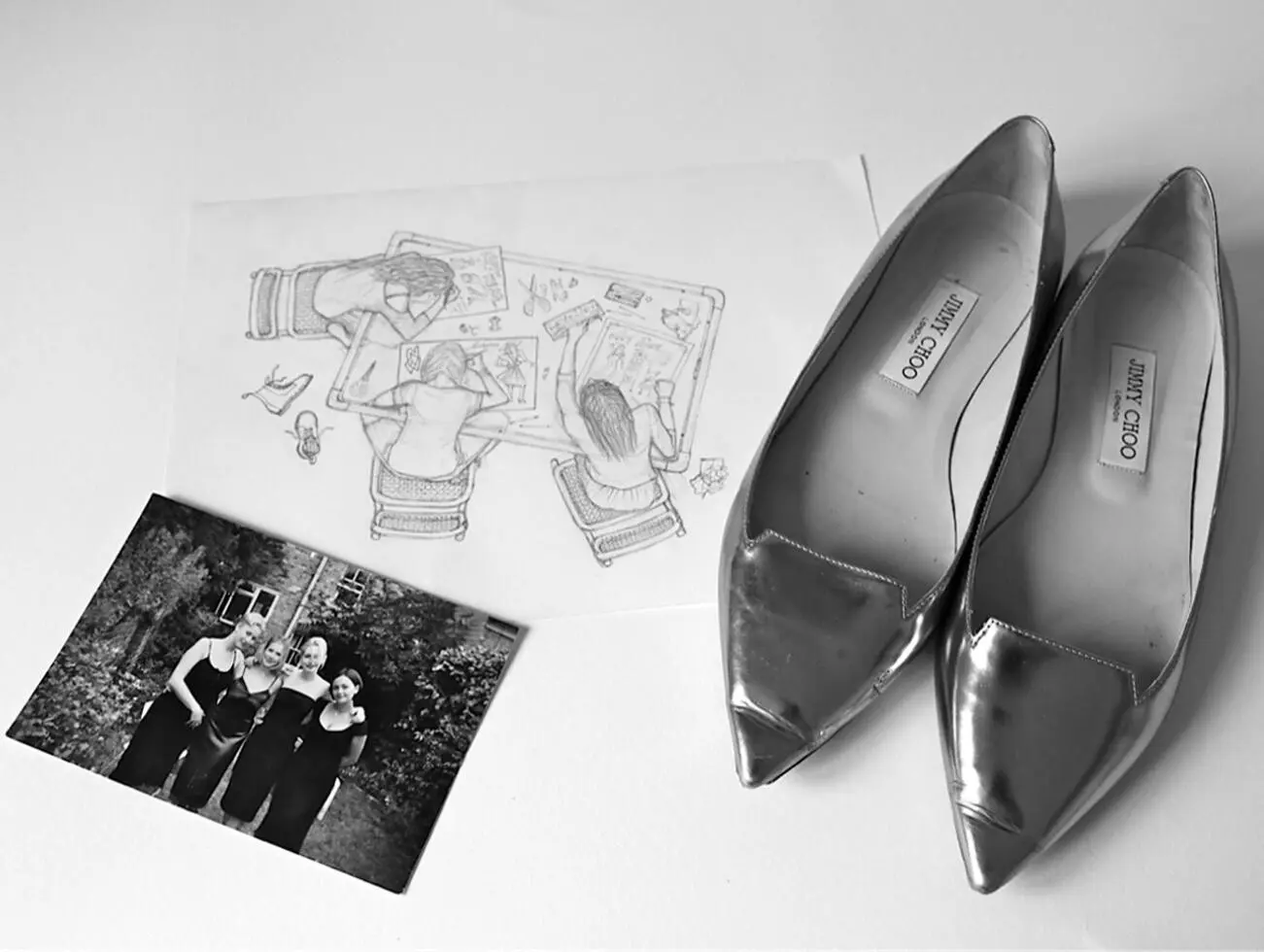
My friends are my ‘estate’.
EMILY DICKINSON
Once upon a time there was a girl who lived in a town of hills and honey-coloured stone, where putrid steam rose from ancient hot springs, and it almost always rained. The girl was called Kate, and she was a teenager. Kate was an unpleasant creature, because back then she didn’t know who she was. Really, as a foetid little grub she should have been cocooned in a dark chamber for ten years before emerging as a bright, sparkling (stealthily cancer-ridden) butterfly, but a defect in human evolution means this most unpleasant and painful of developmental stages is carried out in the glare of daylight. And it was only when Kate finally hatched out and shed her caterpillar skin that she found the people who have walked with her ever since. The people who have made life like Oz, even when gloom, pain and drugs sucked the Technicolor from the world and tried to turn it to Kansas.
This was originally going to be the chapter which provided a bit of light relief, some laughs to relieve the solemnity of a book about dying. But writing it is, strangely, more painful for me than anything else, because being a teenager – and specifically the years thirteen to sixteen – were without doubt the worst period of my life. Yes, really. Far worse than my acquaintance with the Nuisance. As far as I can tell, becoming who you are as an adult requires a period wherein you are possessed by a wicked spirit who hates everything. Your childhood. Your parents. Old friends. Your bedroom. Your clothes. Your face. It’s messy to watch, and even messier on the inside. But it’s Darwinian, a necessary stratagem for the self to evolve into something which is no longer a child, and which can survive and thrive outside the nest. So I shall provide some gruesome details of the grub years, because in every good story there is a period of despair before hope arrives.
Back to Kate, in her blue bedroom in the small, honey-coloured town, nestled amongst seven hills like a damp, Austen-ified version of Rome. I kept a diary. At the start of 1992 it began with the line, ‘It is January. But which January?’ (This arch opener because I expected my juvenilia to be anthologised one day.) But there wasn’t anything dramatic about that January, or indeed any other January at that point in my life. After the holidays I went back to my slightly-better-than-bog-standard comprehensive school. There are two pertinent facts about this school. First, the existence of a wonderful English teacher. Second, it was single-sex. No boys. This gave it a particularly rank smell of female sweat and cruelty, the sort that only gets dished out girl-on-girl. Back then, friendships were toxic, obsessional things. The wound of my first ever best friend Rosie Lee (who I loved for her curly blonde hair and extensive knowledge of Kylie Minogue lyrics) leaving me for another still smarts. One day, I was cast aside on the long walk to school in favour of Katrina. Katrina was older than Rosie and me. Worldly. But Rosie provided no explanation for this abandonment. There was no process of separation, no divorce. I trailed behind them day after day like a sad Labrador, silently ignored.
This was my first realisation that I was not one of the cool girls. It would have been hard to be cool, looking as I did in 1992. First, there was my hair, which was coloured bright orange with henna. My fringe was blunt. I had many freckles and a very round face, and even rounder tortoiseshell glasses. Then, as now, I was quite sturdy (‘Built like the rest of us Tanner gals!’ my heftily-bosomed grandmother would say brightly). Though my name sounded like hers, I was basically the antithesis of Kate Moss. The fashion, back then, was grunge, which is ideal teenage wear: grubby, shapeless old clothes, band T-shirts and tie-dye. My favourite outfit that January was a pair of bottle-green corduroy culottes paired with purple tights and one of my hand tie-dyed T-shirts (with Dr Martens boots, of course). Someone else – say, Kate Moss, or my erstwhile friend Rosie Lee – probably could have rocked this look. But it’s safe to say I didn’t really own it; I let the corduroy culottes wear me, and that is something no woman should ever write. So neither the way I looked, nor the way I dressed, was particularly beneficial in helping me to join the school Cooliverse I so longed to be part of.
Читать дальше
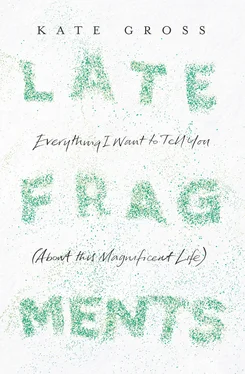

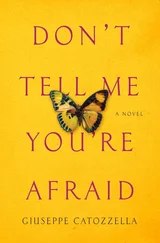
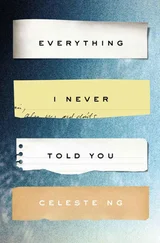

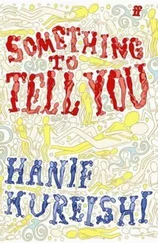
![Ally Carter - [Gallagher Girls 01] I'd Tell You I Love You But Then I'd Have to Kill You](/books/262179/ally-carter-gallagher-girls-01-i-d-tell-you-i-lo-thumb.webp)

